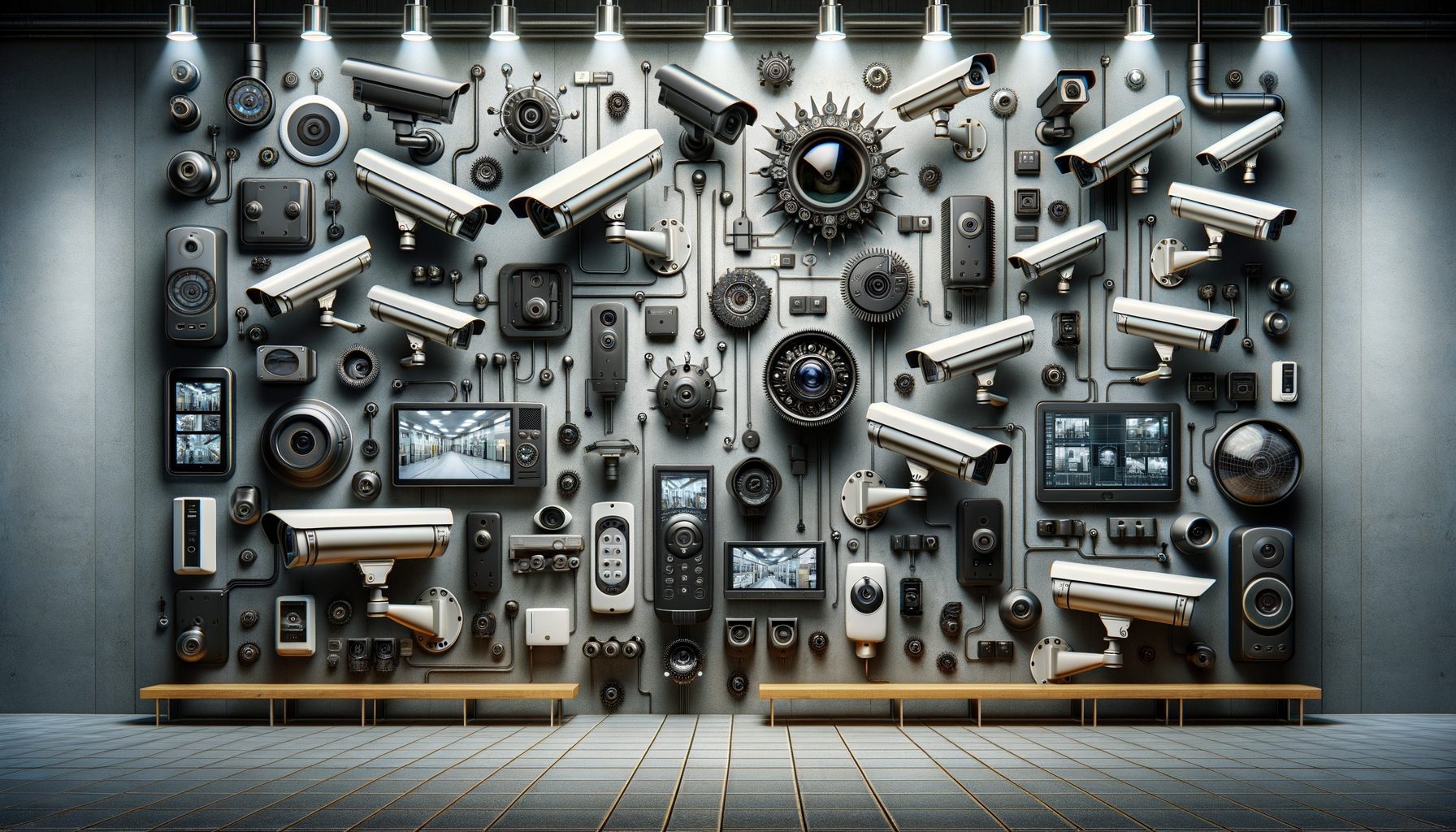
Security & Surveillance Cameras: Enhancing Modern Security Systems
Introduction to Security & Surveillance Cameras
In an era where security is paramount, the role of security and surveillance cameras has never been more crucial. These devices have evolved significantly over the years, transitioning from simple video recording tools to sophisticated systems that offer comprehensive security solutions. As technology advances, so do the capabilities of these cameras, making them indispensable in both residential and commercial settings. This article delves into the various aspects of security and surveillance cameras, exploring their features, benefits, and the technology that powers them.
The Evolution of Surveillance Technology
The journey of surveillance technology is a testament to human ingenuity. From the first closed-circuit television (CCTV) systems to today’s internet-connected smart cameras, the evolution has been remarkable. Early systems were limited by their analog nature, offering grainy footage and requiring extensive cabling. However, the advent of digital technology transformed surveillance, introducing high-definition video, remote access, and integration with other security systems.
Modern surveillance cameras are equipped with features such as motion detection, night vision, and facial recognition. These advancements have not only improved the quality of surveillance but have also made it more accessible. The ability to monitor premises remotely via smartphones or computers has added a layer of convenience that was unimaginable a few decades ago. As we move forward, the integration of artificial intelligence and machine learning is set to further revolutionize the industry, making security systems smarter and more efficient.
Key Features and Benefits of Modern Surveillance Cameras
Today’s surveillance cameras come packed with features that enhance their functionality and effectiveness. Some of the key features include:
- High-Definition Video: Modern cameras offer high-resolution footage, allowing for clear and detailed monitoring.
- Remote Access: Users can access live feeds and recordings from anywhere in the world, providing peace of mind even when away from home or office.
- Motion Detection: Cameras equipped with motion sensors can alert users to any unusual activity, reducing the need for constant monitoring.
- Night Vision: Infrared technology enables cameras to capture clear images even in low-light conditions.
- Facial Recognition: Advanced systems can identify individuals, adding an extra layer of security.
The benefits of these features are manifold. Enhanced security, deterrence of criminal activity, and the ability to gather evidence in case of an incident are just a few. Moreover, the presence of surveillance cameras can lower insurance premiums, as they reduce the risk of theft and vandalism.
Choosing the Right Surveillance System
Selecting the right surveillance system can be daunting given the myriad of options available. It’s essential to consider factors such as the area to be covered, budget, and specific security needs. For instance, a small retail store might benefit from a simple system with a few cameras, while a large warehouse may require a more complex setup with multiple cameras and advanced features.
When choosing a system, consider the following:
- Coverage Area: Determine the number of cameras needed to cover all critical areas effectively.
- Indoor vs. Outdoor: Ensure the cameras are suitable for their intended environment, as outdoor cameras need to withstand weather conditions.
- Integration: Consider systems that can integrate with existing security measures, such as alarms and access controls.
- Scalability: Choose a system that allows for future expansion if needed.
Taking the time to assess these factors will ensure you choose a system that meets your security needs and provides value for money.
Future Trends in Surveillance Technology
The future of surveillance technology is exciting, with several trends poised to shape the industry. Artificial intelligence and machine learning are at the forefront, enabling cameras to analyze footage in real-time and identify potential threats automatically. This capability reduces the need for human intervention and enhances the efficiency of security systems.
Additionally, the rise of smart home technology is influencing surveillance systems, with cameras becoming part of a broader network of interconnected devices. This integration allows for seamless communication between devices, enhancing overall security. Furthermore, advancements in wireless technology are reducing the need for extensive cabling, making installation easier and more cost-effective.
As these trends continue to develop, security and surveillance cameras will become even more integral to modern security strategies, offering unparalleled protection and peace of mind.
